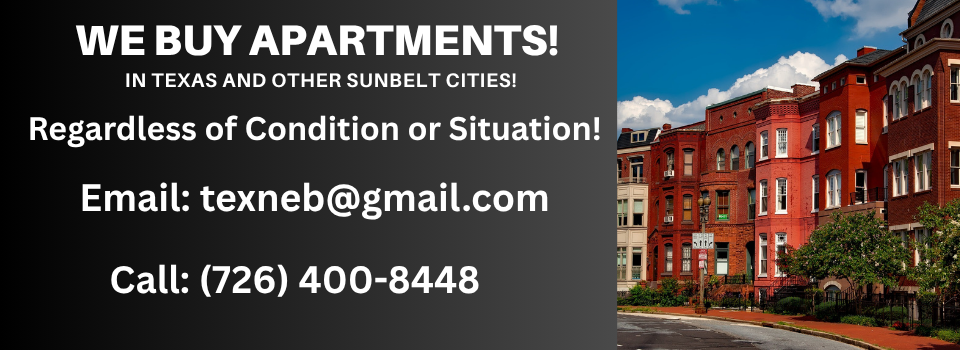Getting your commercial property leased is the most important thing that you can do if you own commercial real estate. Here are the things you need to do to get your property leased:
1. Make sure the space is ready to show and that it shows effectively. Clean up the space itself as well as the overall property to show it in its best light. Stage the vacant unit if needed. Staging the vacant unit can mean putting in office furniture if it is an office space or if it is a retail space you might go ahead and put a neutral color carpet into the space and and fix up the front windows as well as have some of the other tenants put some merchandise in the window along with a sign about their store and where they are located in the Center, especially if the vacant unit is a highly visible space. Help your other tenants by getting them some good exposure.
2. If it is unlikely that you will find a tenant that can utilize the existing improvements, then take them out and put the space in a “vanilla shell” condition. (Definition of “Vanilla Shell”: Landlord provides the space with walls ready for paint, concrete slab floors, drop ceilings, lighting, air conditioning and heating, electrical panels, bathroom and electrical outlets per code in the walls. Does not include floor covering, wall covering, or any additional interior walls or improvements.)
3. Put a professional leasing sign in the space and on the property. The leasing sign in or on the space should include your companies name, phone number, website and email address at a minimum. The property leasing sign should have the company name and phone number highly visible and should be a wood or weather proofed sign. Check with the local authorities to find out the maximum exterior sign that you can put on the property. Also, you might check to see if you can put a sign on the exterior of the building with the company name and phone number.
4. Put a professional flyer together outlining the merits of the space and the property. The flyers should be on good stock paper with a picture of the asset and vacant space, a description of the real estate outlining the other tenants in the property, a map showing the location of the asset as well as the address of the property, a brief description of the vacancy, demographic information on the area surrounding the real estate, all of your contact information, traffic counts if a retail center, other tenants in the area around the premises as well as the highlights of the area and I always suggest putting in the asking rents and other charges, because I want the potential client to know what to expect before contacting me.
5. Distribute the flyer to potential tenants and to the brokerage community. You may want to put some of the flyers in a folder at the front of the property and/or by the front door of the vacant unit(s). Distribution can include email, direct mail, as well as direct contact by dropping a flyer off at a potential tenants current location or stopping by a brokers office and dropping off flyers.
6. Advertise the vacancy on the internet through LoopNet, CoStar, Catalyst, eProperty, Craigslist or any one of the other many internet sites as well as local and regional publications.
7. Attend local and national trade shows where you can talk to potential tenants and brokers in the area.
8. Put a lock box on the property for ease of showings.
9. Prepare a “Financial and Credit” form that potential tenants must fill out and return to you. Be sure that if you are going to run a credit check that you get their written permission. Do not be afraid to ask for this information upfront as you to have a good idea of your risk. Bad or no credit does not mean that you won’t lease space to them, but it lets you know about the risk you are taking.
10. Always immediately return phone calls about the property. It is hard enough for a potential client to pick up the phone and call you, however making them wait a day or two for you to return their call makes them think that you don’t care or respect them.
11. Qualify prospects over the phone prior to setting appointments to show the property. Asking questions about their experience, the business that they want to put into the space, their financing and when they want to open their business will help you determine if they are, in fact, a prospective tenant for your property.
12. Be on time for showings and ask qualifying questions as you tour a potential client through the space.
13. Have a lease agreement that is acceptable in the community and know how to negotiate the points in the lease.
14. Saying the right things and following up with prospects is key to leasing your property.
If you feel that you can’t do the above, contact a local commercial real estate broker who can provide you with these services.
As I say throughout my blogs, if I may be of assistance with your real estate questions please contact me. My way of giving back is to give away my knowledge. Thank you for reviewing this blog.
